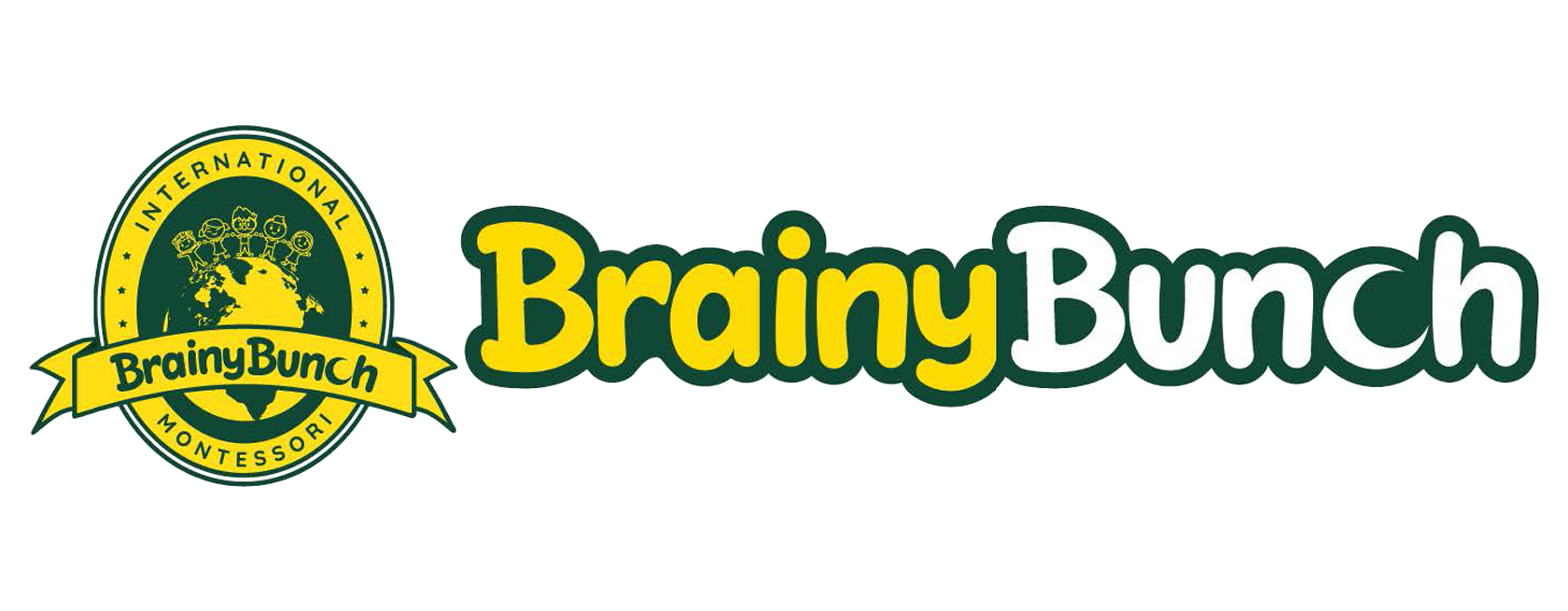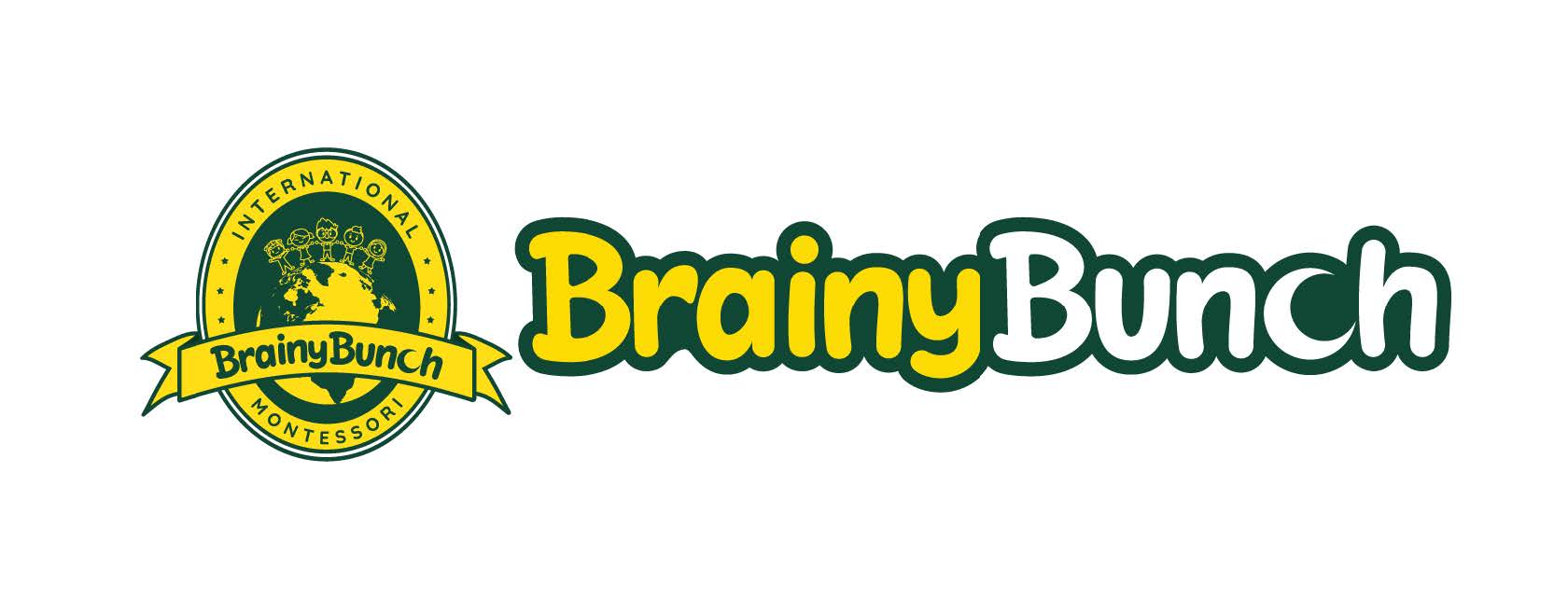This is a 18 month* non-stop, full time residential training programme aiming to train the Pilot to the level of proficiency necessary to operate as a co-pilot on multi-pilot aeroplanes in commercial air transport and to obtain a CPL/IR license.
Brainy Bunch
Commercial Pilot's License (CPL) / IR (APTL)
Commercial Pilot's License / Instrument Rating
(CPL/IR) with Frozen ATPL
Commercial Pilot’s License (CPL) is the next course for anyone who wish to
make flying an aircraft as their career. Once you obtain this license, you are
hereby recognised as professional pilot.
While a student who graduated from a flying school with a CPL (Commercial Pilot Licence)
and IR (Instrumental Rating) (CPL+IR) will have a license
which known as the Frozen ATPL.
Frozen ATPL (Airline Transport Pilot License)
Once you received your CPL/IR license, you are now ranked as “Frozen ATPL (Airline Transport Pilot License)” for pilots who have limited flying experience outside of training to essentially be eligible to work as a First Officer in an airline for about 18 months time.
After specific aircraft type training is completed and subject to how many minimum hours requirement needs to be met. In today’s fast-growing airline companies, once you complete 1,500 hours of flight experience, your “frozen” status will be lifted and be able to apply for a full ATPL license. making you eligible for employment in any airline company and apply for promotion as Captain.
Commercial Pilot's License (CPL)
This license lets pilot operating an aircraft to be paid for their service. Once completed, you can fly an aircraft as the only pilot in pilot-on-command or a co-pilot to a multi-crew aircraft. Individuals must reach the age of 18 years of age to enrol in this program.
Components
Part 1
- 90 hours ground training elementary ATPL (Airline Transport Pilot Licence) theory
Part 2
- 660 hours ground training ATPL (Airline Transport Pilot Licence) theory (14 subjects)
- 20 hours ground training long briefings
- 5 hours UPRT (Upset Prevention & Recovery Training) ground course
- ATPL (Airline Transport Pilot Licence) theoretical examination
Part 3
- 25 + 3 basic UPRT hours dual SEP + 17 hours solo SEP
- 5 hours dual SEP + 41 hours solo SEP
- 38 hours dual SEP + 28 hours solo SEP + 20 hours dual MEP
- 40 hours flight simulator training in FSTD (Flight Simulation Training Devices)
- CPL/IR (Commercial Pilot’s Licence/Instrument Rating) skill test
SEP = Single-Engine Piston aircraft (Diamond DA40)
MEP = Multi-Engine Piston aircraft (Diamond DA62)
Part 4
- 25 hours MCC (Multi-Crew Cooperation) Course
- 3 hours advance UPRT (Upset Prevention & Recovery Training)
- 15 hours simulator training in FSTD (Flight Simulation Training Devices) (MCC jet aircraft)
Instrument Flying
Obtaining additional training is required for those who wish to start a career as a commercial airline pilot with Instrument Flying as the first part of qualification, where pilots are able to fly and operate aircraft into cloud and of no ground visual.
Instrument Rating
This qualification refers to the pilot having full control of the flying aircraft and navigation under Instrument Flight Rules (IFR) only – for airline pilots. This training consists of both written and practical exams respectively to assess pilots understanding of the theory and practical skill to conduct a safe IFR flight.
Theoretical Training
Theory Phase 1 – Elementary ATPL
12 weeks full time classroom instruction distributed as follows:
| Air Law (LAW) | 8 hours |
| Principles of Flight (POF) | 16 hours |
| Aircraft General Knowledge (AGK) | 15 hours |
| Human Performance & Limitations (HPL) | 8 hours |
| Radio Communications (COM) | 5 hours |
| Navigation (NAV) | 14 hours |
| Flight Performance & Planning (FPP) | 10 hours |
| Meteorology (MET) | 14 hours |
Theoretical Training
Long Briefings
Long briefings (group briefings) are provided throughout Flight Training Phase 1 in order to step by step facilitate the translation of theoretical knowledge into real-life flight operation skills.
Theory Phase 2 - Advanced ATPL
| Mass & Balance (M&B) | 35 hours |
| Performance (PERF) | 35 hours |
| Operational Procedures (OPS) | 25 hours |
| Flight Planning (FP) | 35 hours |
| Air Law (LAW) | 40 hours |
| Human Performance & Limitations (HPL) | 50 hours |
| VFR Communications (VFR) | 15 hours |
Theory Phase 3 - Advanced ATPL
| Principles of Flight (PF) | 40 hours |
| Airframes, Systems (AS) | 40 hours |
| Instrumentation (INS) | 40 hours |
| Power Plant (PP) | 40 hours |
| General Navigation (NAV GEN) | 90 hours |
| Radio Navigation (RAD NAV) | 90 hours |
| Meteorology (MET) | 70 hours |
| IFR Communications (IFR) | 15 hours |
| Basic UPRT Course | 5 hours |
| Ground training long briefings | 20 hours |
Flight Training
Flight Training Phase 1
Exercises up to the first solo flight comprise a total of at least 14 hours
dual flight instruction on a SEP aeroplane including:
- Pre-flight operations, mass and balance determination,aeroplane inspection and servicing.
- Aerodrome and traffic pattern operations, collisionavoidance and precautions.
- Control of the aeroplane by external visual references.
- Normal take-offs and landings.
- Flight at critically low air speeds, recognition of recoveryfrom incipient and full stalls, spin avoidance.
- Unusual attitudes and simulated engine failure.
Flight Training Phase 2
Exercises up to the first solo cross-country flight comprise a total of
at least 10 hours of dual flight instruction and at least 16 hours solo flight including:
- Maximum performance (short field and obstacle clearance)take-offs and short-field landings
- Flight by reference solely to instruments, includingthe completion of a 180 ° turn
- Dual cross-country flying using external visual references,DR and radio navigation aids, diversion procedures
- Aerodrome and traffic pattern operations at differentaerodromes
- Crosswind take-offs and landings
- Abnormal and emergency procedures and manoeuvres,including simulated aeroplane equipment malfunctions
- Operations to, from and transiting controlled aerodromes,compliance with ATS procedures, R/T proceduresand phraseology
- Knowledge of meteorological briefing arrangements,evaluation of weather conditions for flight and use of AIS.
Flight Training Phase 3
Exercises up to the VFR navigation progress test comprise a total of at least 50 hours as PIC.
The dual instruction and testing up to the VFR navigation and 5 hours flight time shall
be completed at night, comprising 3 hours of dual instruction, which will include. At least:
1 hour cross-country navigation and 5 solo take off landings,
and 5 solo full stop landing and UPRT flight instruction
- Repetition of exercises of phases 2 and 3;
- VFR flight at relatively critical high air speeds,
recognition of and recovery from spiral dives; - VFR navigation progress test conducted by
an FI not connected with the applicant’s training; - Night flight time including take-offs and landings as PIC.
Flight Training Phase 4
Exercises up to the instrument rating skill test comprise:
- 115 hours instrument time, of which
- 20 hours as SPIC
- 15 hours MCC, for which an FFS or FNPT II may be used
- 50 hours of instrument flight instruction, which up to
40 hours is instrument ground time in an FNPT II, FTD 2 or FFS of which up to 10 hours may be conducted in an FNPT I by an FI or an authorised SFI
- 55 hours instrument time flown as SPIC on actual aircraft;
- Pre-flight procedures for IFR flights, including the use of
the flight manual and appropriate ATS documents in the
preparation of an IFR flight plan - Procedures and manoeuvres for IFR operation under normal,
abnormal and emergency conditions covering at least - Transition from visual to instrument flight on take-off
- SIDs and arrivals
- En-route IFR procedures
- Holding procedures
- Instrument approaches to specified minima
- Missed approach procedures
- Landings from instrument approaches, including circling
- In-flight manoeuvres and specific flight characteristics
Operation of an ME aeroplane, including operation of the aeroplane solely by reference to instruments with one engine simulated inoperative, and engine shut-down and restart (the latter training at a safe altitude or carried out in the FSTD).
Theoretical Training (MCC)
Multi-Crew Cooperation Theory
4 days full time classroom instruction in the following subjects:
| · | Introduction | |
| · | Health & Safety | |
| · | Part-FCL Requirements | |
| · | Threat Error Management | |
| · | Human Error | |
| · | Decision Making | |
| · | Teamwork | |
| · | Communication | |
| · | Crew Resource Management | |
| · | Summary | |
| Total hours | : 25 hours | |
| Advance UPRT ground course | : 5 hours |
Flight Training Phase 5
- Advance UPRT min. 5 hours
Flight Training Phase 6
Multi-Crew Cooperation synthetic flight training for proficiency in operating multi-pilot aeroplane under IFR:
- 15 hours in FSTD JET

